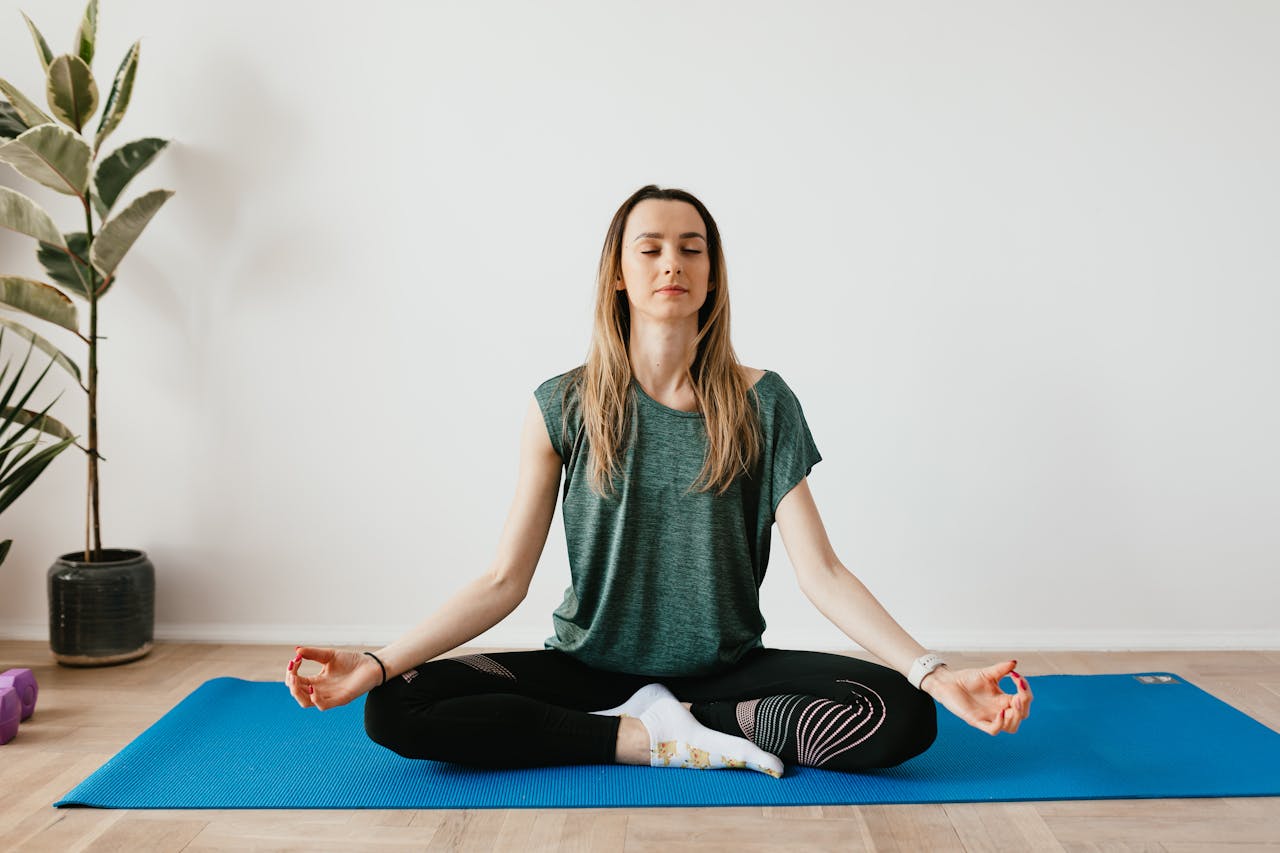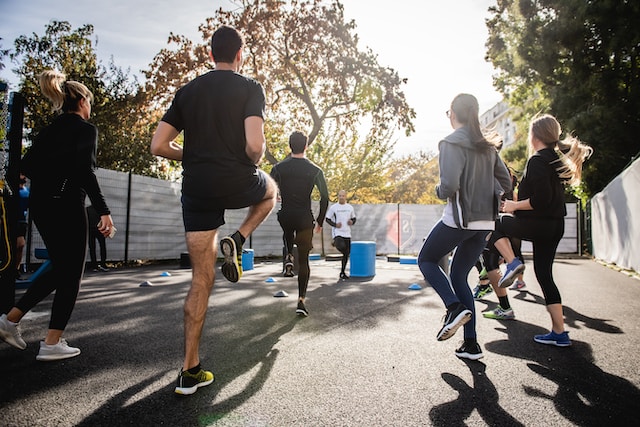In today’s fast-paced world, where the chase for a ‘perfect’ body often leads us to the nearest gym, we sometimes need to remember the essence of proper fitness. Let’s embrace a more holistic and mindful approach to wellness that transcends the conventional boundaries of gyms and workout routines. This article delves into conscious fitness, exploring how integrating mindfulness into our fitness regime can lead to a more balanced, healthy, and fulfilled life.
Mindfulness: The Core of Holistic Fitness
Mindfulness is being fully present and engaged, aware of our thoughts and feelings without distraction or judgment. When applied to fitness, it transforms physical activity from a mere task into a profound experience, enriching both our mental and physical well-being.
Benefits of a Mindful Fitness Approach
Enhanced Connection with the Body: Mindful fitness encourages us to listen to our bodies, understanding their needs, limits, and signals. This awareness leads to safer workouts, reduced risk of injury, and a deeper appreciation for our body’s capabilities.
Stress Reduction: Integrating mindfulness into our fitness routine helps manage stress by focusing on the present moment. This focus can significantly reduce anxiety and depression, creating a tranquil mind.
Improved Performance: By being present, we can concentrate better on our form and technique, leading to improved performance and effectiveness of the exercise.
Increased Enjoyment and Motivation: Mindful fitness transforms the routine into a more enjoyable and fulfilling experience, boosting motivation and commitment to regular exercise.
Incorporating Mindfulness into Your Fitness Routine
Start with Intention: Begin your fitness session by setting an intention. It could be as simple as dedicating the session to self-love or gratitude. This intention-setting helps in creating a mindful connection to the activity.
Engage Fully: During your workout, engage fully with every movement. Notice the sensation of your muscles contracting, the rhythm of your breath, and even the feeling of your heartbeat. This engagement keeps you anchored in the present moment.
Breathe Mindfully: Breath is a powerful tool for maintaining mindfulness. Focus on your breathing pattern during your workout. This will improve oxygen flow to your muscles and keep your mind engaged and calm.
Practice Gratitude: After your workout, take a moment to express gratitude towards your body and the effort it has put in. Acknowledging your body’s work fosters a positive relationship with exercise and encourages a healthier self-image.
Mindful Fitness Activities
While any form of exercise can become a mindful practice, some activities are inherently more conducive to mindfulness. These include:
Yoga: Combines physical postures, breathing exercises, and meditation to enhance physical flexibility, mental clarity, and emotional tranquility.
Tai Chi is a gentle form of martial arts that focuses on slow, deliberate movements and deep breathing, promoting balance and calm.
Walking or Hiking in Nature: Engages the senses fully, offering a unique opportunity to connect with the environment while exercising the body.
Swimming: The rhythmic nature of swimming, combined with the sensory experience of being in the water, offers a meditative and mindful fitness experience.
The Path Forward
Adopting a mindful approach to fitness invites us to redefine our goals, focusing on physical achievements and the journey towards a balanced and healthy life. It encourages us to find joy in movement, nurture our bodies with kindness, and celebrate the incredible feats our bodies perform daily.
As we embark on this mindful fitness journey, let us remember that the ultimate goal is to enhance our physical health and cultivate a sense of inner peace, fulfillment, and well-being that radiates through every aspect of our lives.
Embracing a mindful approach to fitness goes beyond the gym; it’s about nurturing a harmonious relationship between the mind and body. It’s a gentle reminder that fitness is not just a physical endeavor but a holistic journey towards overall wellness. So, let’s step beyond the confines of conventional fitness, explore mindful practices, and embark on a path that leads to proper health and happiness.
Dr. Barbara R. Edwards is a practicing internist at Penn Medicine Princeton Health, also serving as the Academic Director for the Ambulatory Residency Program at the same institution.






